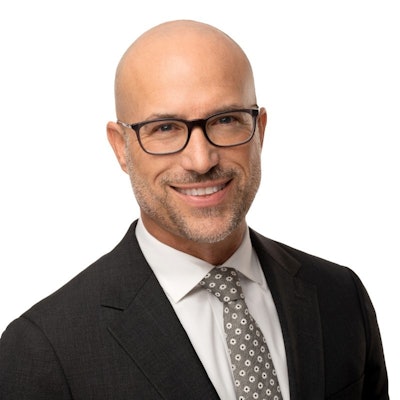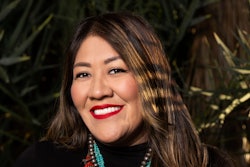A new report by the National Association of Colleges and Employers (NACE) finds that more than half of the 2023 graduating class had an internship. However, the study reveals that minority and female students are underrepresented in paid and unpaid internships. According to NACE, students with paid internships receive more job offers after graduation and receive higher starting salaries.
According to the survey, 62% of 2023 graduating seniors took part in an internship at some point in their college career. The study also finds 59% of those students worked in paid internships. Shawn VanDerziel, executive director of NACE, said that paid interns are more likely to have gained variable experience because there is an investment and commitment on behalf of both the employer and the intern.
 Shawn VanDerziel is the executive director of the National Association of Colleges and Employers.
Shawn VanDerziel is the executive director of the National Association of Colleges and Employers.
The report provides insights into the demographic representation of students who had paid internships. Disproportionally represented among paid interns were white students and male students, according to the report. Among men who took part in an internship, more than three-quarters (76.4%) had paid internships; among women taking part in internships, slightly over half (51.5%) were paid.
In a 2019 survey by NACE, 74% of paid interns were white. In the same study, Black students were only 6% of paid interns, and Hispanic students made up 10.2% of unpaid interns. The study suggests that Black students are more likely to be unpaid interns, and Hispanic students are more likely never to have had an internship, paid or unpaid.
The gender and racial disparities when it comes to who obtains internships hampers the career prospects of women and minorities when entering the job market, VanDerziel said.
According to the survey, paid interns averaged 1.4 job offers, and unpaid interns averaged 0.9 job offers. The report also found that those who had gained experience in a paid internship earned a median starting salary of $67,500 compared with a median starting salary of $45,000 for those who had taken part in unpaid internships.




















